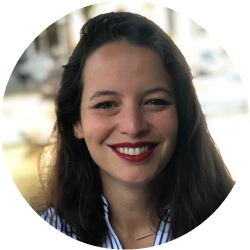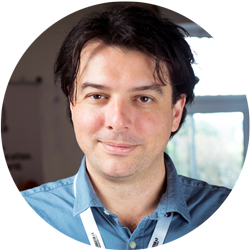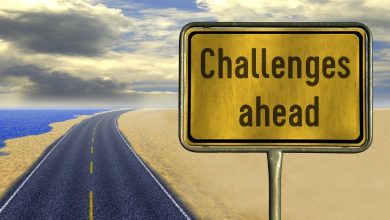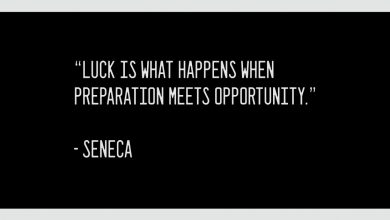Cultivating personal mastery and learning in a team—the GROW coach model by Sir John Whitmore
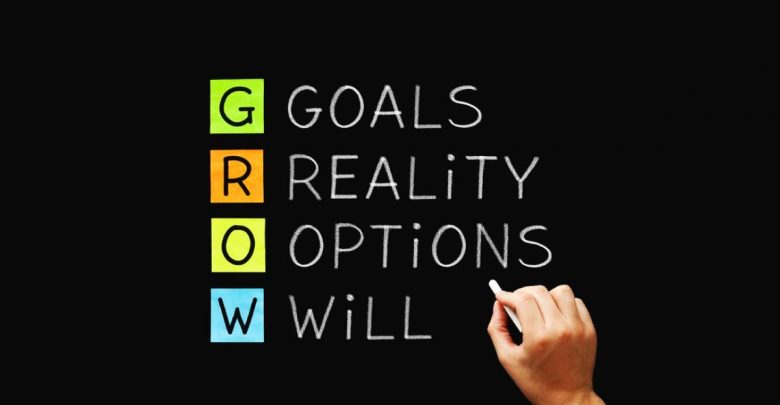
The GROW coaching model by Sir John Whitmore is a proven model that brings structure in a coaching conversation with your colleagues. It allows facilitation of learning that is based on personal needs, insights and decisions to move forward, which enables ownership of personal and professional development. This model is especially useful when teams of trainers want to cultivate a culture of personal mastery and harness growth from the challenges they encounter, individually or as a team.
The GROW coaching model is based on experiential learning (David Kolb, 1984). It enables reflection, insight, choice and action. The success of the learning process is dependent on the time and energy invested in it.
How to use the GROW coaching model?
Usually one doesn’t need to be an expert on a certain topic to use the GROW model when coaching his/her teammates. This is because the coach is an objective facilitator who helps the one who is coached to choose the best options, without providing advice or guidance. It requires presence, and attentive listening, personal awareness of thoughts in order to suspend reactions, manipulative/directive questions or advice. The GROW model can be used as a self-reflection tool, one-on-one coaching as well as team reflection.
The process
The GROW model stands for an acronym of the steps which entail the coaching process.
Goal Reality Options Will
A great metaphor for going through the GROW model is the process of planning a journey. One begins with the map: Where do we want to go? (GOAL), Where are we now? (REALITY), Which routes could we take (OPTIONS), and finally choose one of the routes and commit to going through it, while embracing the challenges and opportunities it could bring (WILL).
Step 1: GOAL – explore the destination
The GROW model starts with exploring the direction you/your team wants to go. Start by setting the goal-relevant for the topic and the goal for the coaching process itself. The goal needs to be framed by the SMART principle (be Specific, Measurable, Achievable, Relevant and Time-bound) of the coaching process
Reflection questions to help explore the goal:
- What is important for you/our team to achieve?
- What inspires you/us to make a change?
- What do you/we want to achieve with this coaching session?
- How do you/we know when we achieved the goal?
- How do you/we know when the problem is solved?
- What does the situation will look like when the challenge is overcome?
- Why are you/we doing this?
- What do you/we want to see changed?
Step 2: REALITY – explore the actual situation
Once there’s clarity about what you want to achieve, the next step is to explore the current reality. The objective of this step to come up with insights from reflection and analysis of factual information, experiences, emotions and underlying causes for reactions or challenges. It is quite important during this exploration to stay on topic, to recognize which information is relevant and needs to be deepened and analyzed further, to get to the core of the challenges/problems.
Reflection questions to explore the reality:
- What is happening now?
- What, when, who, and how often?
- What is the result of this?
- Why is this a problem/challenge?
- What are some concrete examples?
- What is missing?
- What is working well?
- What are the situations when this was not the case?
- Which are the important factors you/we need to consider?
- What assumptions you/we might be making?
- What have you/we done so far to solve the problem?
- What insights can you/we draw from this reflection?
Step 3 – OPTIONS – explore avenues to move forward
The objective of the third step of the GROW model is to generate ideas that could contribute towards solving the problem /overcoming the challenge. This should be a creative process that allows divergent thinking with deferring of a judgment of what is achievable/feasible. Just as in a brainstorming session, focus on the number of ideas/options, and make sure you note them all down. Eventually, you can notice which ideas “contain” more energy and you can analyze the pros and cons for them.
Reflection questions to explore options:
- What could you/we do?
- What could you/we do if nothing held you/us back?
- If you/we were … what would they/he/she do?
- What are the pros and cons of this option?
- What should you/we take into consideration for this option?
Step 4- WILL – decide how to move forward and define the action plan
The last step of the GROW model is to choose to move forward. The coach makes sure there are a clear motivation and commitment from the individual/teammates for a specific action. The process is concluded with a definition of a clear action plan of who will do what and when.
Reflection questions to choose an option and move forward:
- What are you/we going to do to achieve your/our goal?
- Which from the ideas do you/we want to take forward?
- What is the first concrete step you/we could do?
- What are the next steps?
- What are some of the obstacles?
- How could you/we overcome them?
- How motivated are you/we to take this forward?
- What do you/we need to be/stay motivated?
- What do you/we need to make this reality?
- How could we or our network/environment help us?
- What do you/we commit doing by when?
- Are you/we going to achieve what we want with this action plan?
Please note that every coaching process is unique based on the challenge addressed and the people involved in it. As mentioned in the beginning, one of the key factors for the success of this process is active listening. The GROW model is one of the many coaching models you may use for your own personal mastery or within your team, be mindful that there may be situations when this model may not be the best tool to help you and your team to find solutions.
Reflection questions:
- What makes this process relevant to you and your team?
- In which situations is this coaching model useful?
- What skills are needed to guide this process for success?
- What are the pros and cons of this process?
- How could you/your team best make use of this coaching model?
- What would you change about the model to tailor it to your needs?
- How could coaching your trainers’ team help you with your work?
Exercises
- Ask yourself/your team what are the challenges that you’ve been facing
- Allow yourself/your teammates enough time to explore and define the challenge
- Practice awareness by noticing if thoughts for solutions/advice are coming up as you define the challenge and try to suspend them (let go)
- Use the questions above to go through a coaching process and find solutions on how to overcome the challenge
- Agree on a concrete plan that you or the team will commit to implement
- Reflect on the process – what has been useful and what would you change for next time?
